It is hard to tell the relationship of the circle cutout and the 2 adjustment screws, but Telegraph was popular and this looks like an arc suppression instrument that passes the high voltage used for telegraphy. Hence it has 2 screw adjustments for the centre conductor but it seems to me that it ought to arc near the inside of the circle cutout on the outer brass plate for a breakdown rating of about ~3kV/mm gap.
It would be something like a spark gap lightning arrestor used on powerline poles. The metal plates are added for mass and stabilizing the desktop unit. A.E. MORRISON and sons were prominent inventors and supplier of electrical equipment in the U.K.
Anecdotal
I remember as a kid for 4 years growing up on Kirby St, in Dauphin, Mb in the mid-'60s with my pickle jar radio and wire across the street, I could listen to Saskabush radio at night, get the "hummadidity" weather report when I should have been sleeping and listen to CKY in Winnipeg. My Dad never knew about the risk of an outdoor wire antenna to the tree across the street from stray lighting pickup on the antenna, but I wouldn't discover that till I did Seismic research for UofM during the summer of '73 on boat with 100m of cable going to an island... I loved my time in Dauphin with the schools, outdoor hockey, the Park Cafe and the Ukrainian Festival.
Regarding trains and the EMI radiated from the traction motors, it wasn't until 1982 I tested CATV coax lines one day in River Heights, Winnipeg that got interference from poor coax shielding from poor distributed earth-grounding that caused interference on the low band cable TV channels. MTS owned all the TV distribution cables and twisted pair phone lines at that time and we did Project IDA for them. Trains emit a lot of EMI up to 100MHz! at that time. This was a residential back lane that was 100m or so from the train tracks.

